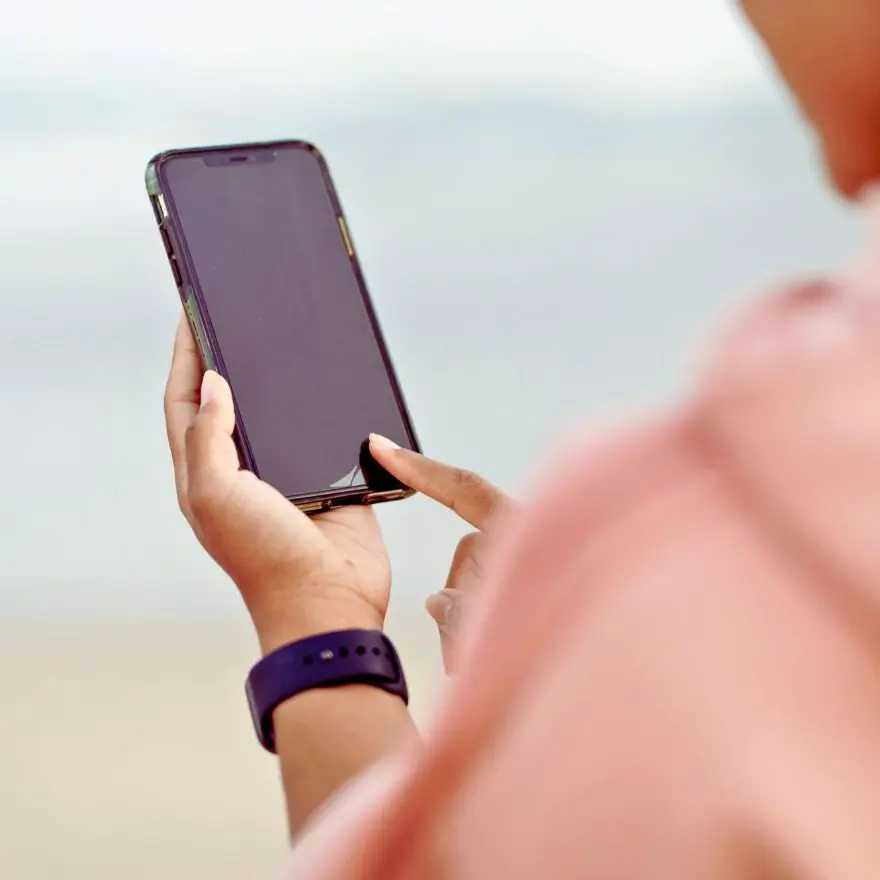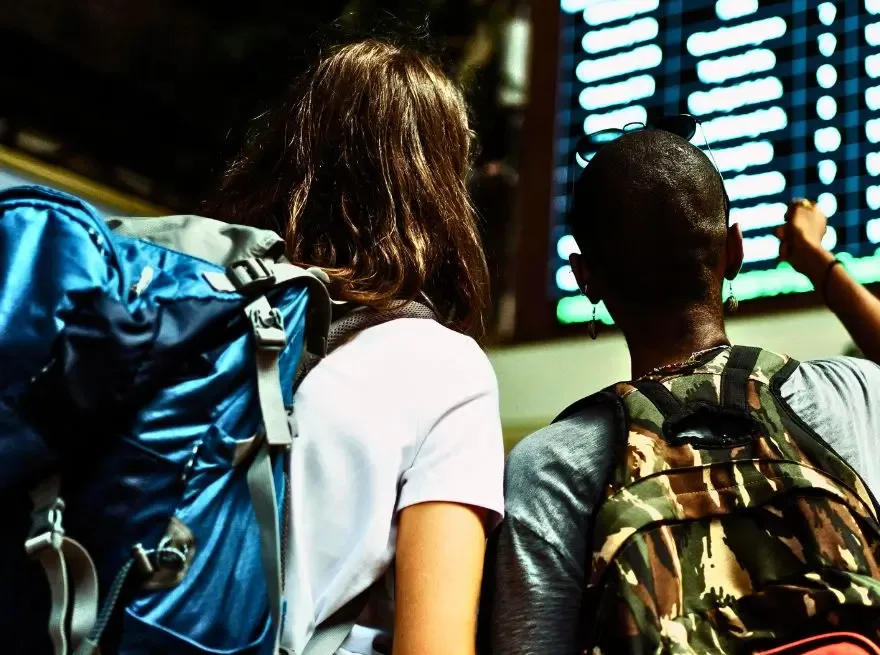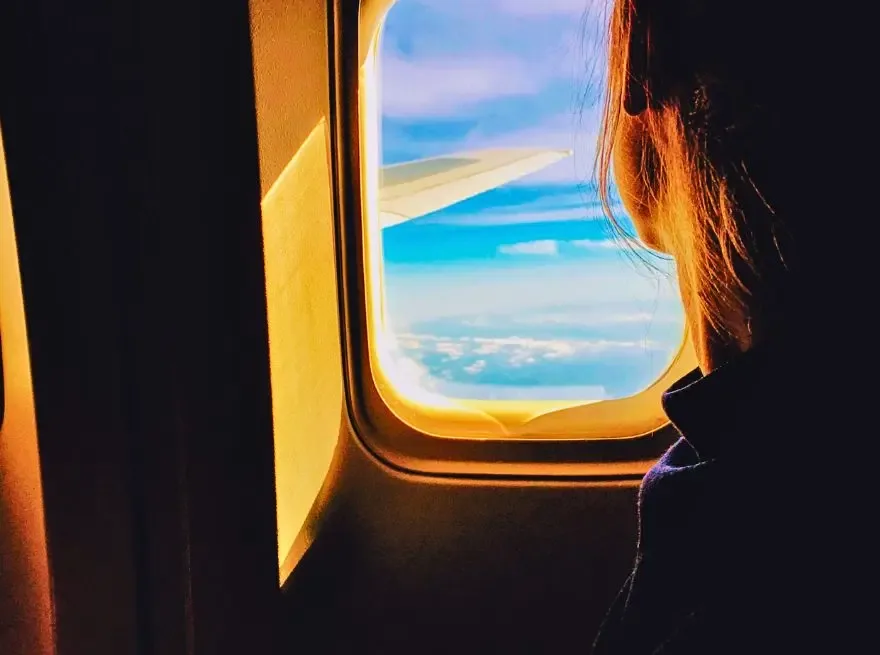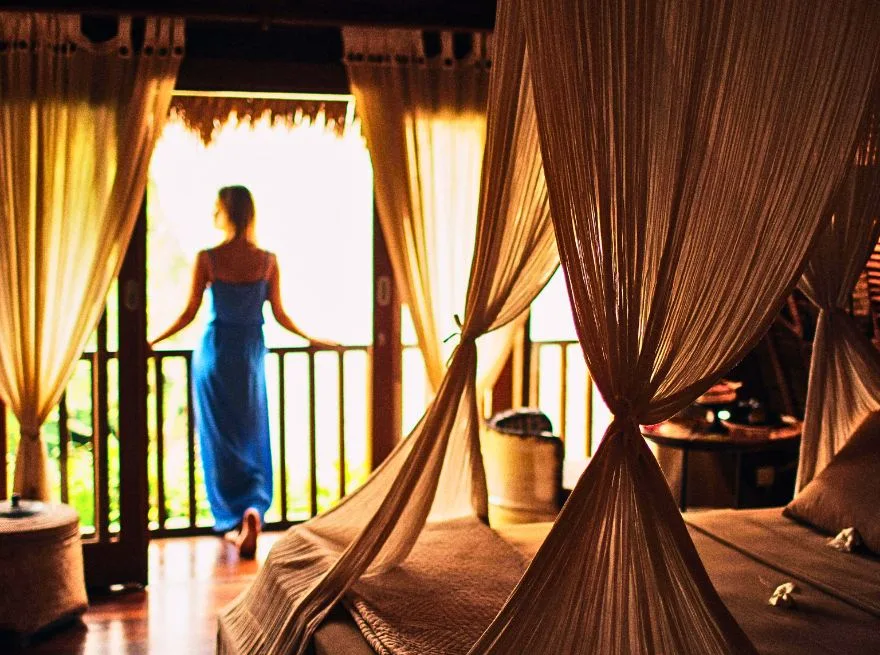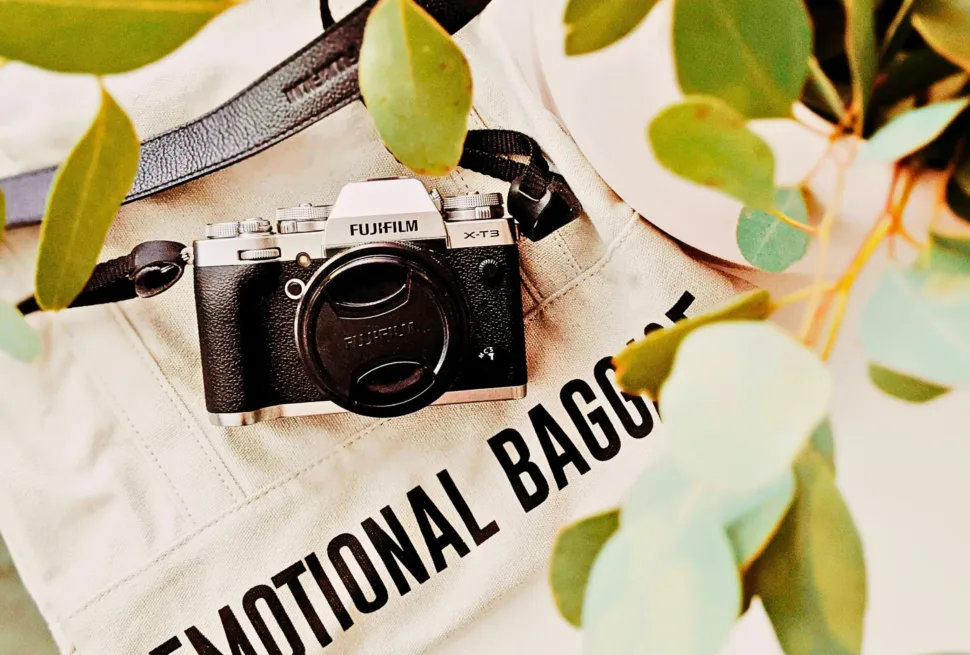There’s a paradox in modern travel that I’ve grappled with on every journey: the very devices that help us navigate unfamiliar streets, capture breathtaking moments, and stay connected to loved ones back home are the same screens that can pull us out of the very experiences we traveled thousands of miles to have.
I remember standing at the edge of Angkor Wat at sunrise, watching dozens of travelers experience that golden hour through their phone screens—myself included—frantically adjusting camera settings, checking if the shot was Instagram-worthy, refreshing notifications. We were all there, yet somehow, we weren’t really there at all.
This tension between digital utility and authentic presence has become one of travel’s greatest challenges. Our smartphones are simultaneously our greatest travel companions and our most persistent distractions. They’re the map that guides us through winding medinas, the camera that preserves precious memories, the translator that bridges language barriers, and the lifeline that keeps us connected to home. Yet they’re also the portal through which our regular lives—with all their demands, distractions, and digital noise—follow us across oceans and time zones.
After years of wrestling with this balance on journeys across continents, I’ve learned that digital peace while traveling isn’t about completely unplugging or abandoning our devices. It’s about cultivating intentional boundaries that allow technology to enhance rather than eclipse our experiences. It’s about being present in the journey while still capturing memories, staying safely navigated while remaining open to spontaneous detours, and maintaining important connections without letting the digital world dominate the physical one unfolding around us.
The Hidden Cost of Staying Constantly Connected
Before we dive into solutions, let’s acknowledge what’s at stake. When we travel with our faces buried in screens, we miss more than just pretty views.
We miss the subtle magic that makes travel transformative: the elderly woman selling flowers who smiles at you on a Bangkok street corner, the scent of fresh bread wafting from a Parisian boulangerie, the unexpected conversation with a local that leads to a hidden gem no guidebook mentions, the quiet moment of awe when you turn a corner and encounter something breathtaking.
I learned this lesson viscerally in Kyoto. I had planned to visit the famous Fushimi Inari Shrine, and like any dutiful modern traveler, I had my route mapped, my photo spots researched, and my phone ready. But my battery died halfway up the mountain of torii gates. Initially panicked—how would I navigate? How would I capture this moment?—I was forced into presence.
Without the screen mediating my experience, I noticed details I would have missed: the way light filtered through the vermillion gates, the rhythmic sound of wooden prayer plaques clacking in the wind, the taste of cold barley tea from a vendor who gestured kindly despite our language barrier. That accidental unplugged afternoon became one of my most vivid travel memories.
Science backs this up. Researcher Linda Stone calls it “continuous partial attention”—the constant splitting of focus that prevents true immersion. Travel offers us the rare gift of full awareness, but that gift requires us to occasionally set down the devices we’ve come to depend on.
What could you rediscover if you wandered without your phone for just an hour?
Why We Reach for Our Phones While Traveling
Understanding our device habits starts with honest self-reflection. Is it genuine need, or an anxious reflex? Are we documenting experiences to preserve memories—or performing them for an audience?
Here are a few patterns I’ve noticed in myself (and maybe you’ll see yourself, too):
- The safety blanket reach – pulling out the phone in moments of uncertainty or discomfort.
- The validation check – sharing in real-time to receive feedback instead of sitting with our own impressions.
- The FOMO scroll – comparing our journeys to others’ highlight reels.
- The productive procrastination – researching or reviewing photos instead of experiencing the moment.
None of these are inherently wrong. But awareness is the first step toward intentionality.
Now, when I catch myself reaching for my phone, I pause and ask:
“What am I actually seeking right now?”
Sometimes it’s need; sometimes it’s habit. That pause creates the space to choose presence over impulse.
How to Create a Digital Boundary Framework for Travel
The key to digital peace isn’t rigid rules—it’s a flexible framework that adapts to your travel style, safety needs, and company.
A solo backpacker in Southeast Asia will need different boundaries than a family road-tripping through Europe. But some principles hold true for all of us.
1. Designate Device-Free Sacred Times
Choose specific pockets of the day when your phone stays away.
For me, the first hour after waking has become sacred. Instead of checking messages, I sit with the morning—watching a city wake up, listening to birds, or savoring that disoriented joy of waking somewhere new.
Meals are another device-free ritual. Whether it’s street food in Vietnam or a splurge dinner in Barcelona, I taste fully, observe, and converse without interruption.
Then comes my favorite: “golden hour wandering.” The hour before sunset, phone tucked away. This is when serendipity happens—the hidden café, the neighborhood festival, the local bar you stumble upon by chance.
A map can’t lead you to these moments; they find you when you’re open.
2. Design Your Photo Capturing System
Photography is a joy—but it can become obsessive.
I follow the three-shot rule: take three photos—technical, adjusted, and intuitive—then put the phone away. It keeps me from chasing perfection instead of presence.
I also separate documentary photos (signs, tickets, menus) from memory photos (moments worth savoring). Before bed, I do a photo reflection ritual: review the day’s images, keep only a handful, and delete the rest.
This keeps my camera roll manageable and transforms photography into mindfulness rather than accumulation.
3. Reimagine How You Navigate
GPS helps—but it can also steal awareness.
Now I study maps before leaving, note landmarks, then pocket the phone and navigate by observation. I pull it out only when lost or at key decision points.
Wrong turns often lead to right discoveries.
For longer routes, I screenshot the map or jot directions on paper. And when in doubt, I ask for directions—it’s amazing how often that leads to heartfelt local connections.
4. Establish Communication Boundaries
Stay connected—but not constantly tethered.
I now set specific communication windows for loved ones rather than texting all day. Before traveling, I tell them I’ll be slower to reply—not distant, just present.
If safety check-ins matter, use apps like Life360 or Find My Friends—they allow peace of mind without constant updates.
Connection doesn’t have to mean constant availability.
5. Create Physical Barriers
Sometimes discipline isn’t enough—we need friction.
I keep my phone buried in my bag, not in my hand. For hikes or temple visits, I use a sealed waterproof pouch—a physical boundary that reminds me to stay unplugged.
And I use airplane mode liberally, even on land. It’s a sanctuary of silence in a noisy world.
Digital Sunsets: Ending Your Day with Calm and Clarity
Each night, around 8 or 9 PM, I set a digital sunset—devices off, notifications silenced, phone charging in another room.
That space opens room for reflection: journaling, reading, unhurried conversations, or simply gazing from a balcony as the city hums below.
The quality of sleep deepens. The mind softens. And the next morning feels like a quiet rebirth.
There’s something sacred about ending your day with your own thoughts instead of your screen.
Rediscovering Analog Travel Tools
Part of building boundaries is rediscovering analog joy.
I travel with a small paper notebook—for maps, notes, or sketches. It never runs out of battery or temptations.
I collect ticket stubs, postcards, pressed flowers, and paper maps. These physical mementos carry more soul than thousands of photos ever could.
Writing postcards slows me down, reconnecting me with the old rhythm of travel: patience, presence, and anticipation.
When Technology Enhances Travel
Let’s be clear: this isn’t about rejecting technology.
Sometimes digital immersion enriches our journeys—reading history at a site, translating a conversation, or video-calling someone you miss.
The difference lies in conscious use. Are you using your phone intentionally or habitually? Is it serving your journey, or stealing it?
A mindful traveler knows when to dive deep online—and when to look up.
Traveling with Others: Setting Shared Digital Boundaries
When traveling with companions, boundaries need to be discussed and respected.
Talk about your expectations before the trip:
- Do you want device-free meals?
- How much photo-taking feels okay?
- When is it fine to scroll or call home?
Some groups use “phone stacks” during meals. Others appoint a photographer of the day. The goal isn’t perfection—it’s respect.
Each traveler has different needs. Harmony comes from conversation, not assumption.
Bringing Digital Mindfulness Home After Travel
The lessons don’t end when the trip does.
Travel can be a laboratory for mindful tech habits—morning screen-free time, phone-free meals, digital sunsets before bed.
When we return, we realize: the world doesn’t collapse when we’re less reachable. Messages wait. Life continues. And presence feels infinitely better.
The Deeper Journey: What Digital Peace Really Teaches Us
Ultimately, digital peace isn’t about devices—it’s about who we choose to be.
Every time we look up instead of down, we’re saying:
This moment is enough.
We don’t need to prove it, post it, or perfect it.
We can simply live it.
The photos can wait. The messages can wait. But this—the scent, the light, the heartbeat of a place—this can only be lived once.
So as you plan your next journey, ask yourself:
What might become possible if you traveled with just a little less digital weight?
Maybe, just beyond the edge of your screen, something extraordinary is waiting—ready to meet you eye to eye, heart to heart.
Safe travels, fellow wanderer. May your journey be present, balanced, and beautifully unplugged.
Related Reading on Inner Soar: Rituals on the Road: Small Habits That Keep You Centered While Abroad

